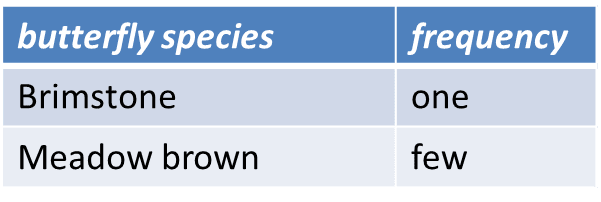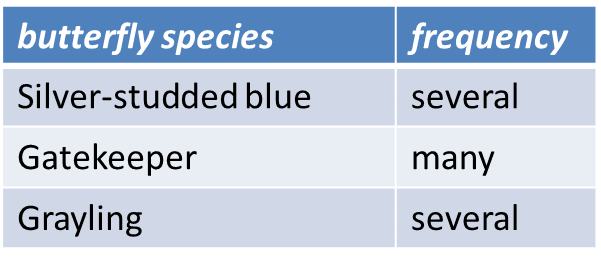When we spent a day butterflying on Old Winchester Hill a few weeks ago, we saw several silver-spotted skippers, but no adonis blues ... Even though the forecast predicted broken clouds in the morning, and thicker clouds in the afternoon, we decided to try our luck once more, in probably our last chance to see a few adonis blues this year.
Forecast was correct: broken clouds indeed, but still enough sun and warmth for decent butterfly activity: chalk hill blues ...
... a single brown argus ...
... and, yes, several adonis blues! As always, really hard to capture the iridescence of the shimmering blue wings; this picture came closest.


























































